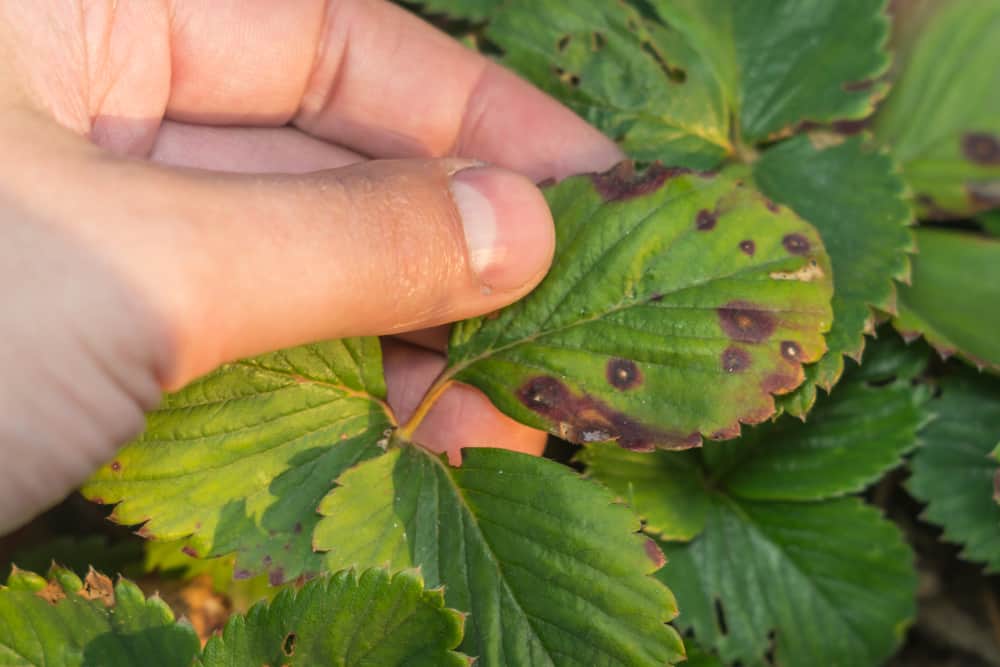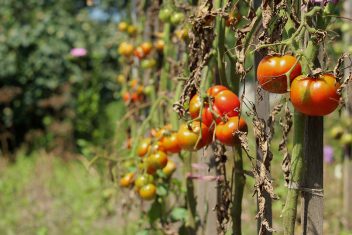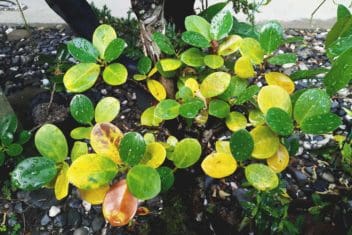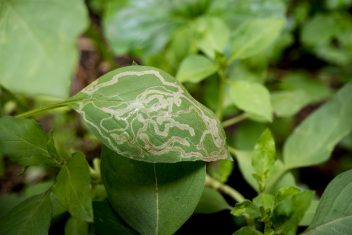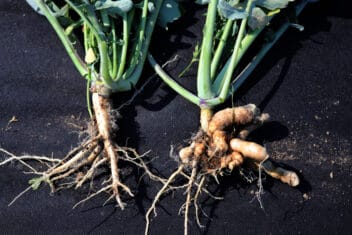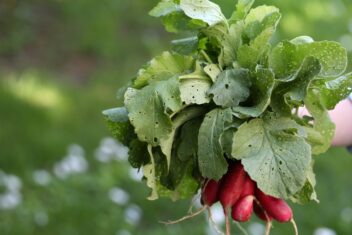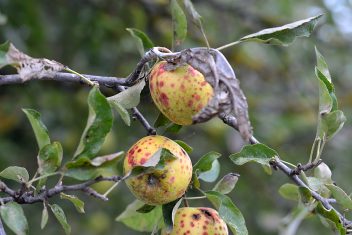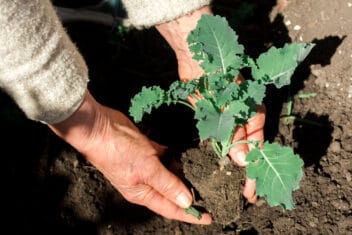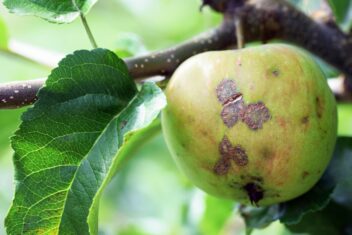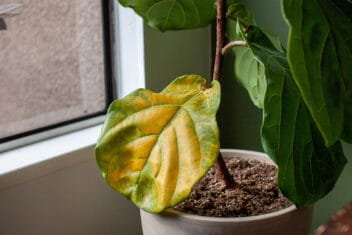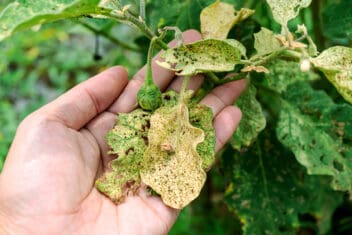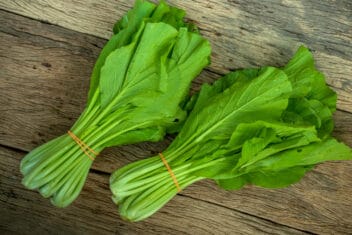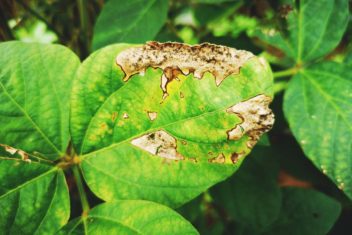Don’t you love that moment when you taste the first sun-warmed strawberry of the season? With all the promise of those days of sweet berries ahead of you? You can picture the pies, jams, and treats to come.
Don’t you also hate when you go to pick your berries, and there is a disease affecting either the plant, the berries, or both? There’s nothing more frustrating when it comes to gardening than to see those little flavor gems fail.
If you love strawberries and hate their diseases, let’s get a look into what can cause strawberry diseases and how to fix them.
Common Diseases of Strawberries
Strawberries are a sweet treat and a healthy favorite of children and adults alike. They are easy to grow and give you a flavorful mouthful with each bite.
Sadly, they’re susceptible to quite a few diseases. But with proper preparation and maintenance, we can minimize strawberry diseases as much as possible.
1. Botrytis (Gray Mold)
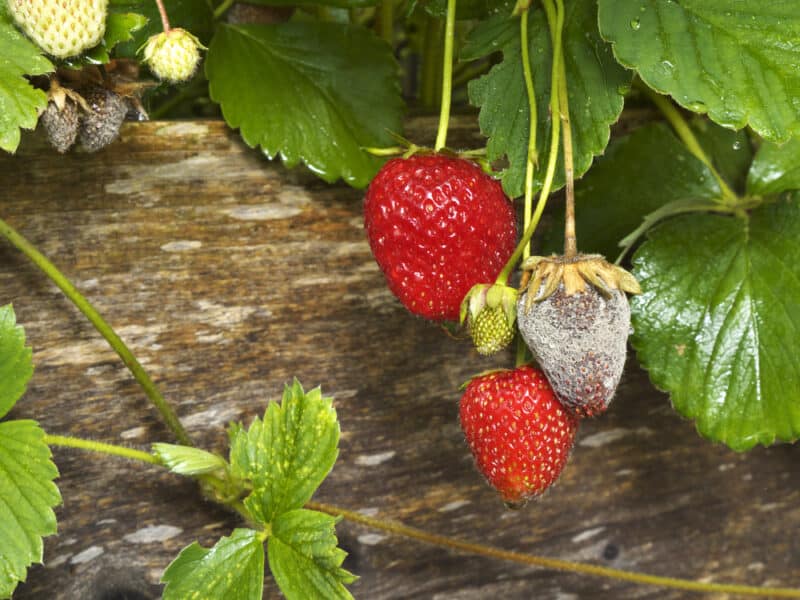
This is one of the most common strawberry diseases. It even appears in store-bought strawberries from the market. Have you ever purchased a container, only to find one or more strawberries covered in gray mold? That’s botrytis.
When this occurs on the plant, the blossoms initially turn brown and die off. The fruit becomes misshapen, and small patches of rot on the berry expand rapidly.
A gray fuzz appears on the fruit, and you end up with furry mycelium covering the flesh. Eventually, the berry dries out and becomes mummified.
You might also find post-harvest decay, especially for the strawberry you leave attached too long. It’s disappointing to pick a berry that looks just fine, only to find it molding in a few days.
This is caused by the fungus Botrytis cinerea and is common in areas of high humidity and extended period of wetness on foliage.
Remove any infected plant parts, including berries and foliage, to manage botrytis. Use black plastic mulch to prevent berries from resting on the soil, and grow your plants with sufficient spacing between them to allow the wind to assist in drying out foliage after it’s wet.
Speaking of, try to avoid wetting the leaves.
A fungicide containing mancozeb can help control and even eliminate this disease if you start treatment early enough. Grab some of Bonide’s Mancozeb treatment bottles at Amazon.
2. Angular Leaf Spot
Angular leaf spot (Xanthomonas fragariae) is a severe bacterial disease that can cause a yield loss of up to 75 percent. The symptoms first appear on the foliage and sepals. This is the little green collar on the strawberry.
At first, you will see straight-edge water spots. When humidity is high, those spots may ooze, which eventually dries and becomes crusty. As the disease becomes embedded in the plant, the spots increase in size and become visible on both the top and bottom of the leaves.
Sometimes the leaves tear, and parts fall off. They usually go a reddish-brown color. The disease is introduced to the garden by bringing in already infected plants. It’s spread by water splash.
Angular leaf spot overwinters on the plant debris.
Once a strawberry plant is infected, there is no cure. All you can do is try and limit the damage. Try a copper-based spray, like the one made by Bonide. Make sure to follow any withholding periods. Copper sprays should only be used on strawberry plants before the flower has developed.
In the future, purchase disease-free plants. You should also water the soil, not the plant, or use a soaker or drip hoses. Avoid handling the plant or harvesting when the foliage is wet as this can spread the disease.
Remove any infected leaves or debris.
3. Leaf Spot
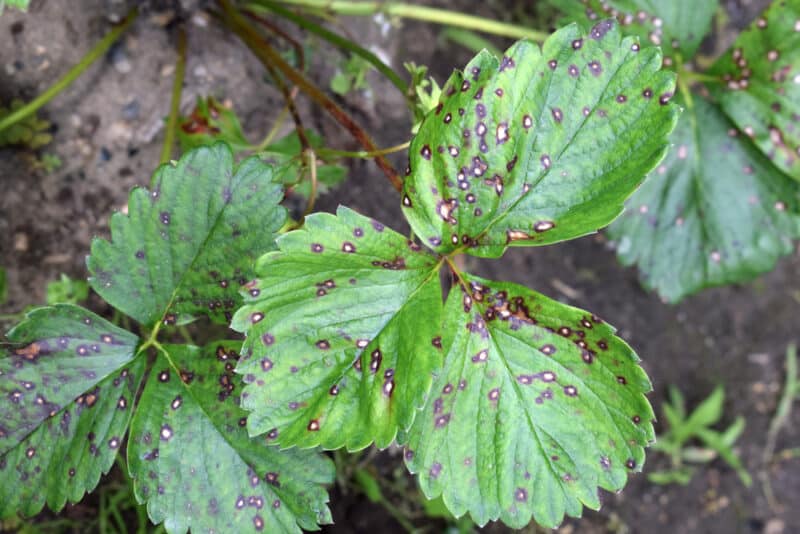
Leaf spot (Mycosphaerella fragariae) is another one of the most common strawberry diseases. The good news is it is usually just a cosmetic problem unless the disease is advanced and you have a bad infection.
The most common symptom is little dead spots on the leaves. You might also see the spots on the berries, the sepals, the runners, or petioles. The petiole is the little stem that attaches the berry to the stalk or branch.
If the disease progresses, the spots may become more significant and merge. The disease appears on the berry as dark necrotic spots.
To prevent it, plant strawberries in full sun with good airflow between them. Make sure the soil is well draining and avoid overhead watering if you can.
Plant leaf spot-resistant varieties such as:
- Ozark beauty
- Earliglow
- Ogallala
- Crimson king
- Glooscap
4. Phomopsis Leaf Blight
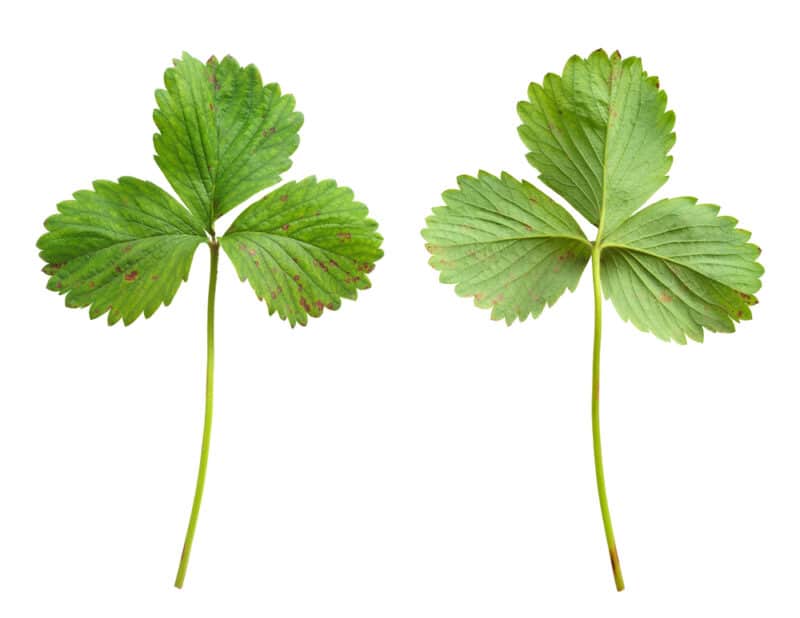
This fungus (Phomopsis abscurans) appears early in the season on older leaves. The plant can become weak or lose vigor as the foliage dies off. In severe cases, all the foliage may drop off, causing the plant to die.
In humid climates, the fungus can cause the fruit to rot into a condition called soft rot.
The spots caused by this fungus are similar to leaf spot, except the spots have a red halo. Over time, the spots become large with irregular edges. In the late stages, the lesions may become V-shaped.
When the fungus appears on fruit, the water-soaked spots turn black that look crusty. Those crusty spots are fruiting structures called pycnidia.
The fungus overwinters on infected foliage or the plant itself. The pycnidia release thousands of spores that get spread to other plants by water drops. The leaf surface must be wet for the fungus to take hold.
To prevent it, clean your tools well, and remove any infected debris. Plant in a site with full sun, plenty of airflow, and well-draining soil. Control weeds in and around the strawberry patch.
5. Red Stele
If your strawberry plant is stunted and the leaves have a yellow or orange tinge, combined with new leaves being minimal fruit set, you may have red stele (Phytophthora fragariae). Although this sounds like a superhero, it’s an annoying oomycete that causes strawberry diseases.
What is an oomycete? It is otherwise known as a water mold organism that resembles fungi. Let’s call them pathogens. The disease will survive in cuttings or plant debris, so it spreads rapidly.
In young strawberry plants, the damage can even be seen in the root system.
The perfect weather is cool and wet conditions combined with damp soil.
Make sure you don’t transfer infected soil into strawberry beds. Use soil you know is sanitized or hygienic. Strawberries are often fond of raised garden beds because of their ability to drain soil well, which helps keep this issue at bay.
6. Anthracnose
This is thought to be one of the most destructive strawberry diseases. It’s caused by the fungus Colletotrichum fragariae and it will wreak havoc on your plants.
When present, you will see brown or black water-soaked spots on unripe and ripe fruit.
These spots eventually turn into sunken, hard spots. You may see masses of spores form in the spots.
The whole plant is susceptible to the disease; you’ll even see hard growths on the root system.
The disease is often brought into the garden by infected plants. It can also survive in the soil on debris for over a year. Once the disease is present, it is spread by water drops and rain.
Long periods of warm, humid weather will see anthracnose spread. Use straw as a mulch to try and prevent the spread of spores from the soil and garden debris.
Use disease-free plants, and ask at your local nursery which cultivars are resistant. After two or three years, rotate strawberries out of the patch.
7. Powdery Mildew
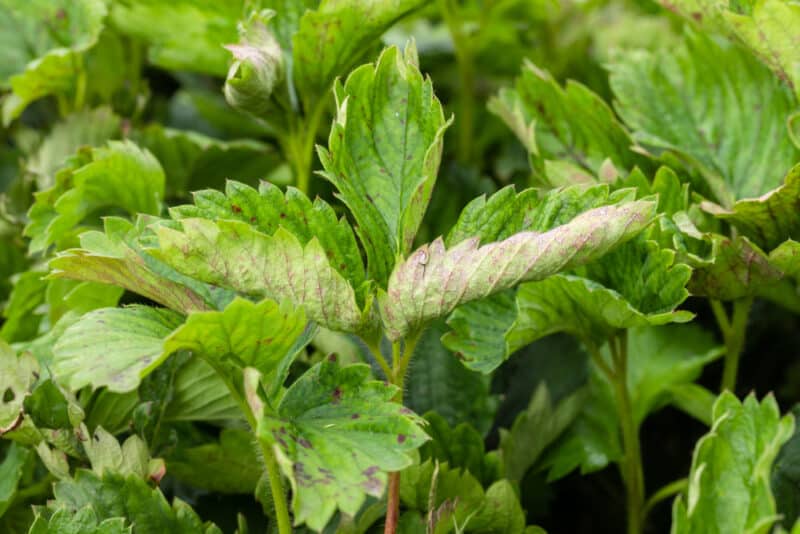
Powdery mildew is one of those common strawberry diseases, but it’s also common on a number of garden plants. In strawberries, it’s caused by the fungus Spaerotheca macularis.
Fungal growth appears as white fuzzy patches, initially on the lower surface of leaves. As it spreads, the leaf will curl up, preventing efficient photosynthesis. If the flowers are infected, the fruit will be deformed or not form at all.
The disease overwinters on foliage and debris. If they are dug into the soil, the disease will also overwinter there.
Make sure not to water from overhead, soaking the foliage. Avoid fertilizers high in nitrogen. Plant cultivars resistant to powdery mildew.
Try:
- Fronteras
- Albion
- San Andreas
8. Leaf Scorch
The fungus Diplocarpon earliana causes a strawberry disease known as leaf scorch.
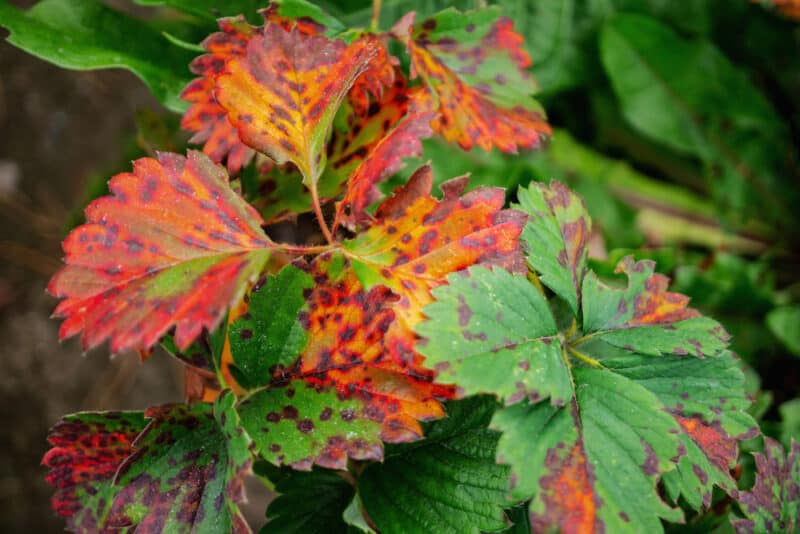
The symptoms of leaf scorch are easily mistaken for leaf spot. Small purple to tan spots appear on the upper side of the leaves. The spots remain purple in the center or turn brown.
When the spots enlarge and merge, the leaf tissue between the spots turns red or reddish-brown. Lots of strawberry diseases have similar symptoms, but here’s how it differs:
Eventually, the leaf will curl up at the edges before turning brown. It is after this process the leaves end up looking scorched.
The foliage, fruit, and petioles can all become infected. The sepals turn brown thanks to this disease and appear as what is known as dead caps.
Leaf scorch may appear during long periods of foliage wetness, a lot of rain, and temperatures between 60-75ºF.
If the environmental conditions are common in your area, or you have fungal issues with strawberries, use a strawberry-safe fungicide and follow the instructions on the bottle, including frequency.
9. Charcoal Rot
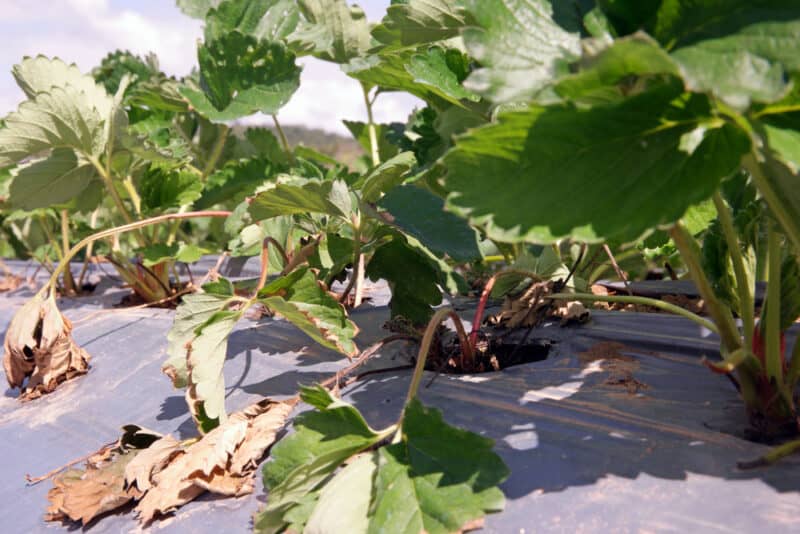
Charcoal rot (Macrophomina phaseolina) is most often a problem in southern parts of the US. Charcoal rot causes the strawberry to rot in the center. The sudden death of the plant is common. Signs include:
- Wilting plant, even though watering is sufficient
- Sudden death of the plant
- Stunted growth
- Reddish brown crown when dead plants cut open
- Old leaves suddenly drying and dropping off the plant
These plants are susceptible to many strawberry diseases if they are stressed. This is especially so with charcoal rot. Ensure you feed and water them well, and plant them in well-draining soil with plenty of sunshine.
Plant cultivars that are more resistant to charcoal rot:
- Amiga
- Florida Festival
- Naiad
Prevention is best with this disease, as with most strawberry diseases, so plant strawberries in gardens without crown rot issues.
10. Alternaria Fruit Rot
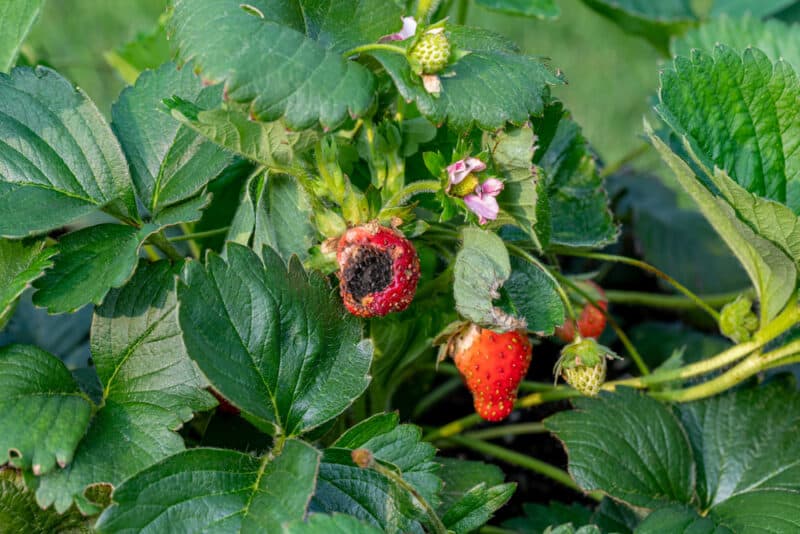
Alternaria alternata attacks strawberries damaged by hail, insects, or garden tools.
There is nothing subtle about this disease. It presents as a big black moldy spot on the fruit. It isn’t like leaf spot with numerous dots. Alternaria fruit rot is one big blob.
Being a secondary infection, here are some ideas to prevent it from taking hold:
- Protect strawberries from hail
- Protect the plants from insect bites
- Don’t damage the fruit with garden tools
- Mulch around the plant with straw to prevent berries sitting in the soil
- Keep mites off the plant with the control method of your choice
Again, as with most strawberry diseases, prevention is the best tactic. Treatment involves using a broad-spectrum fungicide.
